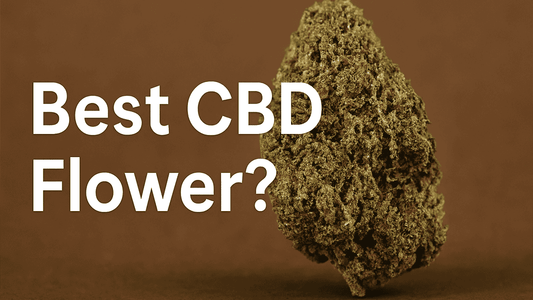Unearthing Cannabis Use in the 1600s
In a groundbreaking discovery, researchers in Italy have uncovered the first physical evidence of cannabis use in Europe during the 17th century. Scientists analyzing human remains from a Milan hospital crypt detected traces of Delta-9 THC and CBD—the psychoactive and therapeutic compounds found in weed—embedded within bone samples dating back to the 1600s.
This revelation adds a fascinating layer to the history of cannabis, showcasing its presence beyond written records and into the very bones of our ancestors. But what does this mean for our understanding of weed use in early modern Europe? Let's dive into the findings and their broader implications.
The Scientific Breakthrough
A team from the University of Milan and the Policlinico of Milan conducted archaeotoxicological analyses on nine femoral bone samples recovered from the Ca' Granda Crypt, a burial site used between 1638 and 1697.
Key Findings:
- Two of the nine bones tested contained cannabinoids—one from a 16-20-year-old male and another from a 45-54-year-old female.
- Carbon dating confirmed these bones belonged to individuals who lived in 17th-century Milan.
- The hospital did not administer cannabis as a medical treatment, leading researchers to believe that its use was likely recreational or self-medicated.
- This study marks the first recorded instance of cannabis detected in human bones from this period.
Cannabis in 17th-Century Europe
Cannabis has been intertwined with human civilization for millennia, from medicinal uses in ancient China to its role in medieval Europe. However, the 1600s were a turbulent time for cannabis acceptance in Italy and the broader continent.
1. Cannabis in Italian Culture
- Hemp production was widespread in Italy, with cannabis used for making ropes, textiles, and paper.
- In Bologna, agronomists documented culinary uses of cannabis, including hemp seed soups and sauces served with meat.
- Physicians, such as Castore Durante, recorded medicinal uses of cannabis in their botanical compendiums.
2. The Church's Stance on Cannabis
- In 1484, Pope Innocent VIII condemned cannabis as an "unholy sacrament."
- This contributed to its decline as a recognized medicinal treatment, though its recreational use persisted among the general population.
Why Is This Discovery Important?
1. Physical Proof of Cannabis Consumption
While historical texts mention cannabis use, this is the first concrete evidence showing that THC and CBD could be preserved in human remains for centuries. This opens up new possibilities for future archaeological research into ancient drug use.
2. A Window Into Everyday Life
The individuals in the study lived during the aftermath of the Great Plague of Milan (1629-1631)—a time of immense suffering. The presence of cannabis in their bones suggests it may have been used for stress relief, pain management, or as an escape from harsh realities.
3. Challenging the Timeline of Cannabis Use
This discovery pushes back the documented use of recreational weed in Italy by centuries, proving that it was already embedded in daily life long before it was acknowledged in official records.
The Bigger Picture: Cannabis in Human History
The history of cannabis is filled with surprising twists. From its role in ancient medicinal practices to its criminalization and eventual resurgence, the plant has always been part of human civilization.
Milestones in Cannabis History:
- Ancient Times – Used in China and India for medicine and spiritual rituals.
- Medieval Europe – Commonly cultivated for hemp-based goods, but consumption varied.
- 17th Century Milan – Physical evidence now confirms recreational use.
- 20th Century Criminalization – Global bans stigmatize weed.
- Modern Legalization Movement – Scientific research and legal shifts bring cannabis back into medical and recreational use.
With findings like those from Milan, we continue to reshape our understanding of cannabis' place in history. If people centuries ago were ingesting enough cannabis for it to show up in their bones, one has to wonder: how much more is left to discover?
Final Thoughts
The discovery of cannabis in 17th-century bones highlights just how deeply ingrained the plant has been in human history. It challenges misconceptions, fuels scientific curiosity, and underscores the enduring presence of weed in society—even in times of prohibition and hardship.
As researchers refine toxicological methods, we may soon uncover even earlier instances of cannabis use. One thing is clear: cannabis has been with us for centuries, and it's not going anywhere.
Interestingly, Italy has now become one of the worlds most respected producers of legal cannabis, selling predominantly CBD flowers, and can be ordered online for anyone that is curious to try what these 17th century enthusiasts had in their system.

 4.6 Rating. Excellent.
4.6 Rating. Excellent.






